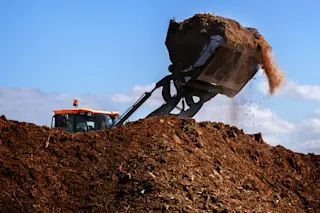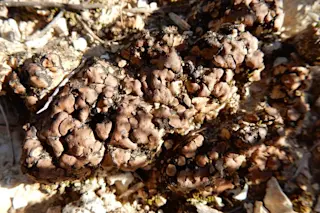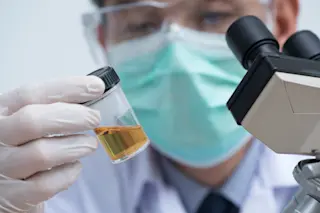The world produces a lot of poop, and we don’t always know what to do with it. In the past, governments have commonly treated sewage water by removing pollutants and disinfecting it before placing a large chunk of the byproducts, known as biosolids, in stockpiles or landfills.
The U.S. produces more than 7 million tons of biosolids annually, with nearly a third ending up in landfills. Globally, around 30 percent of the biosolids arrive in stockpiles and landfills each year.
Yet the alternative biosolid disposal methods once touted as environmentally sustainable have fallen out of favor. While around half of U.S. biosolids are applied to agricultural purposes, like providing nutrients to crops and helping combat soil erosion, recent research has identified significant health hazards associated with these techniques. After the treatment process, they can still contain hundreds of unregulated pollutants like hormones, pesticides, medications and per- and polyfluoroalkyl substances (PFAS), ...














